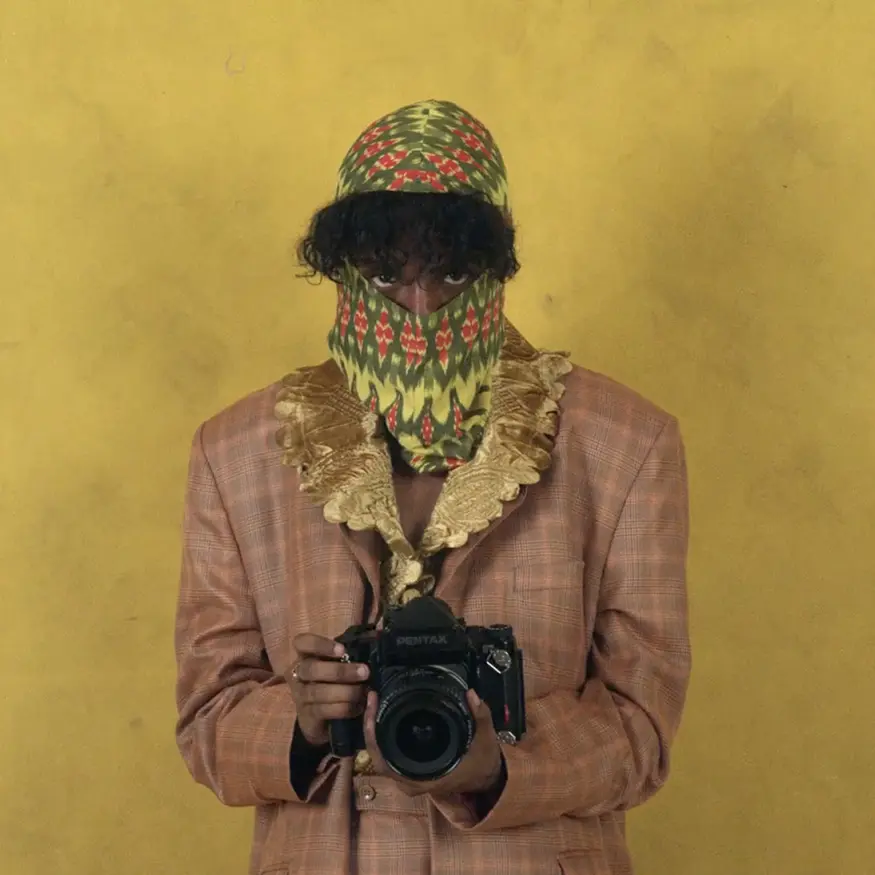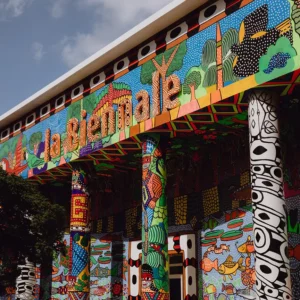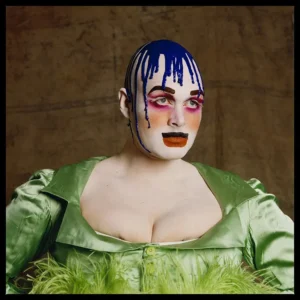As New Contemporaries celebrates its 75th anniversary, its return to the ICA evokes both nostalgia and anticipation, reaffirming its significance as a vital platform for emerging voices in UK art. The exhibition features 35 early-career artists, whose works capture the fragmented nature of contemporary moments.
Among the notable names is Motunrayo Akinola, using domestic objects to explore societal framing of contemporary issues, and the collaborative duo Asmaa Jama and Gouled Ahmed, investigating cultural identity through multimedia installations.
Farzaneh Ghadyanloo and Dageong Han bring transnational perspectives to traditional mediums and personal growth, while Varshga Premarasa’s work examines post-colonial themes through contemporary lens. These artists demonstrate how cultural diversity enriches the contemporary art dialogue, moving beyond simple representation into nuanced explorations of global interconnectedness.
Several works stand out for their technical mastery and conceptual depth. Hazel O’Sullivan’s Sidhe lifts the exhibition with its striking use of perspective and color. The painting’s vivid pinks and reds create a portal-like effect, blending Irish spirituality, the Book of Kells, Renaissance traditions, and digital aesthetics with mathematical precision.
Beverley Duckworth’s Residue transforms discarded clothing into a living installation, with green seedlings emerging from the fabric. It evokes arte povera and Lynda Benglis’ formless sculptures, while clearly addressing sustainability, renewal, and the realities of creating art.
For an easier viewing experience, check out Yang Zou’s video diary I Love You, Life, I Hope it’s Great Again. Using tourist-style documentation, it offers a poignant journey through contemporary Russia, revealing deeper truths about post-Soviet life and current political realities.
Saul Pankhurst’s To Do critiques contemporary culture through a three-minute animation that contrasts mindfulness instructions with frenetic imagery and mundane tasks, skewering self-care commodification and contemporary life’s relentless pace. Its connection to Eduardo Paolozzi’s Bunk! lecture adds a layer of British art history while staying relevant today.
New Contemporaries 2025 highlights a dynamic aesthetic landscape where influence and originality intertwine in increasingly intricate ways. The most compelling works suggest that the future of both aesthetic and market value will favor art that seamlessly bridges cultural traditions, environmental concerns, and technological advancements.





